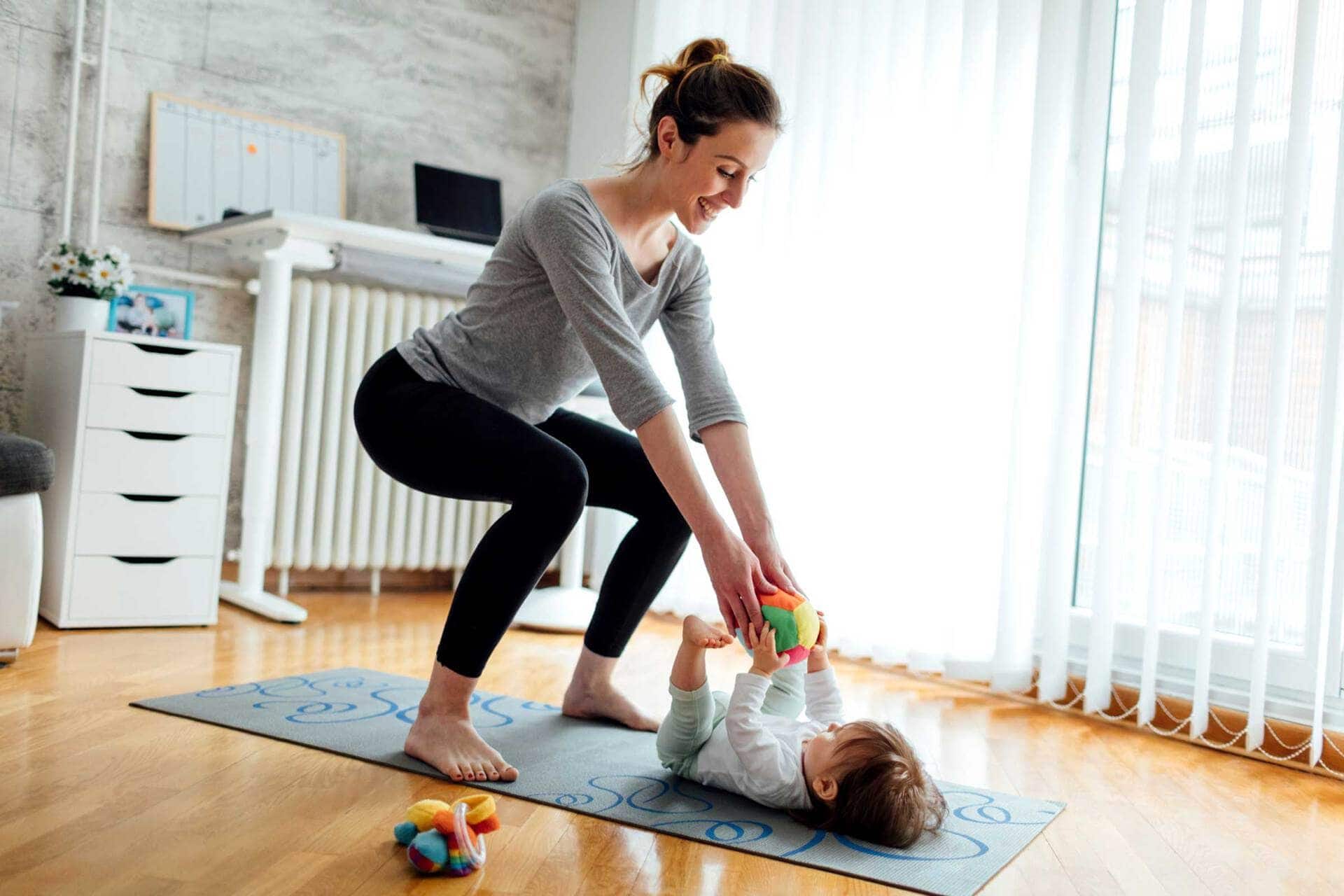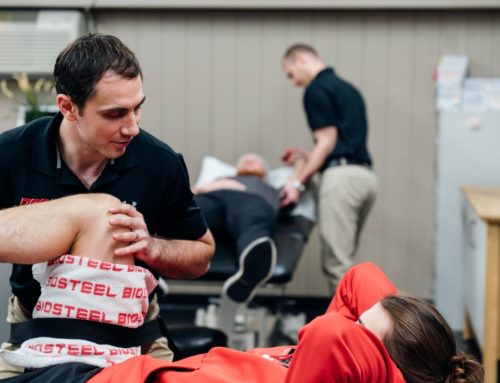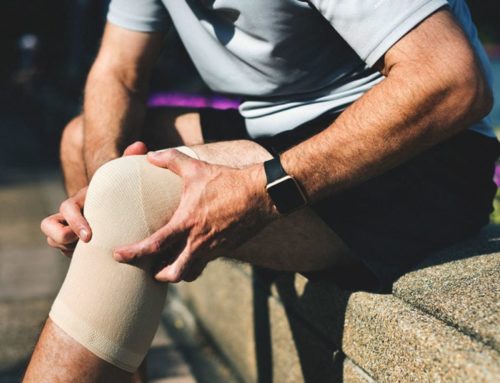Whether you just had your first baby or you’ve had multiple, you know that a lot of things can change after a baby. Your body may look and feel different, you may be a little sleep deprived and you now have this adorable tiny human that needs you 24-7.
With the nice weather just around the corner, everyone is ready to lace up those running shoes and get active. Exercising can be a great way to get you out of the house, meet other new moms, and can help with postpartum depression.
Most evidence recommends not returning to exercise until 2-3 months postpartum, not including walking and gentle core work earlier. On average, this is good advice, but some women are able to return earlier and some are not – they may need to address underlying muscle imbalances or see a pelvic health physiotherapist to help them return to activity. And that’s ok. Our bodies can react to stressors differently whether they are physical, emotions, or other. Our body only has a certain level of tolerance for these stressors, and when we exceed this limit, we often see injury. Finding the right level and type of activity for you is so important. It is also important to remember that someday you may not feel like exercising and that’s ok too.
When thinking about returning to activity, it’s important to look for any warning signs that your body is not healing optimally or just not ready to return to a higher level of activity. There are five main warning signs that I recommend all postpartum women look for before returning to activity. These include (but are not limited to):
1: Urinary leakage
The involuntary leakage of urine is a common problem for women, especially after giving birth. Women will often complain of leakage with a cough, sneeze, laughing, lifting or any impact activity. This is called stress incontinence and it is not normal or ok.
2: Feeling of vaginal pressure or bulging
This could indicate a prolapse, which occurs when a pelvic organ (bladder, uterus or rectum) drops (prolapse) lower in your abdomen and pushes against the walls of your vagina. This can happen when the pelvic floor muscles get stretched or are weak after childbirth or surgery.
3: Pelvic pain
Sexual discomfort or pain with inserting a tampon or any other unexplained pain in the pelvic region.
4: The presence of tight scar tissue
Poor tissue mobility of the abdominal well after a C-section or the perineum after tearing or an episiotomy after giving birth can pain or pulling with certain movements. This can limit your ability to perform certain exercises.
5: Diastasis recti
This is a space or separation between the abdominal muscles (or your “6-pack” muscles). All women get diastasis recti while pregnant and some get better on their own after the baby is born and some do not. We generally are less worried about how big the gap is and more about how you are able to use the muscles in the abdomen.
A pelvic health physiotherapist can help you with these warning signs. A detailed assessment looking at posture, muscle strength testing, functional movements and an internal exam will help us to determine the cause of your symptoms and strategies to correct it. Our goal is to help you return to the activities you love. Have questions? Give me a shout and I would be happy to talk with you about whether an assessment would be right for you!
Written by: Kathleen White, Registered Physiotherapist, FCAMPT, Pelvic Health Physiotherapist






